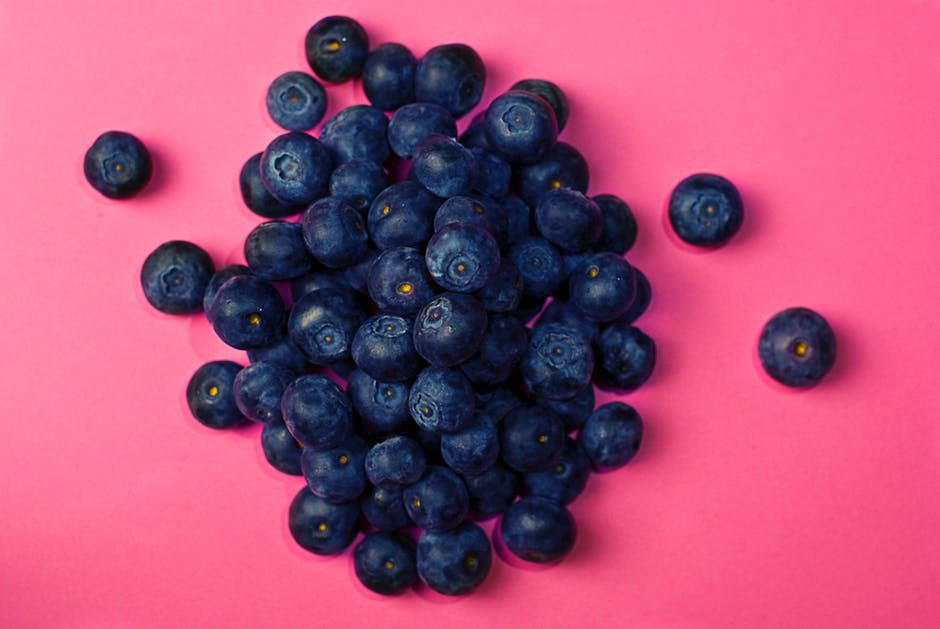If one of your resolutions this year was to eat more veggies, then growing your own could be the route (or should we say root?) to a sense of purpose, project and most importantly, deliciousness. We’ve teamed up with Online Horticultural Expert Nicky Roeber to give you the IDEAL beginner’s guide to growing your own produce.
PRODUCE YOUR OWN MOTIVATION
If you thought you should be eating five portions of fruit and veg a day, then it might be time to think again: according to some recent studies, we should actually be aiming for twice that amount. While the jury’s still out on the exact number, one thing is for certain: the more fruit and veg in your diet, the better.
If you need a little extra motivation to eat your greens, growing your own produce is just the way to nurture it; satisfying, fun, and surprisingly easy to do. And, because all you need to get things started is a few seeds and some inexpensive equipment, growing your own can be much cheaper than buying fruit and veg from the supermarket.
GET THE BASIC EQUIPMENT READY
Although a number of people still assume that you need a whole load of pricey equipment to cultivate a flourishing garden, this simply isn’t the case: you can still get great results with just a few essentials. Before you get started, make sure you’ve got the following basics:
- A trowel.
- Gardening gloves.
- A rake.
- Seeds or seedlings for your favourite vegetables.
- Bamboo stakes to support your vegetables as they grow. Certain varieties, like vine tomatoes or climbing peas, will need something to grow against — you can find out whether your plants will need support on the packaging.
- Some compost, to prepare the ground where you’re planning to plant your veggies. You can buy compost that’s formulated specially for growing vegetables.
- A watering can with a fine sprinkler head. You can also use a hose pipe for this.
Once you’ve got the basic equipment ready, it’s time to start digging. But before you get out there in your wellies, tweed jacket and the frozen ground won’t budge, you should bear in mind that it’s best to wait until the weather warms up a little bit: late March or early April is usually a good time to start planting most veggies, as there’s less risk of frost.
FIND ROOM FOR YOUR VEGETABLE PATCH
Most vegetables love the sunshine so, for most crops, you’ll want to pick the sunniest spot you have available in your garden. The majority of varieties will need at least six hours of sun a day, but if you don’t have any sun spots in your garden, then don’t worry. There are still plenty of vegetables that will grow in partial shade, including salad greens, beetroot, radishes, and beans.
Once you’ve found a sunny spot for your veg patch, you’ll need to get the ground ready; break it up with a spade or trowel, and make sure that you remove any weeds or large rocks. Then, you should mix in some compost or soil enricher, as this will provide your vegetables with the nutrients they need to grow.
The ordinary soil found in most gardens is usually fine for growing veg this way but, if you find that you have especially rocky or stony ground, then you might get better results by building a raised bed. This is a small area with wooden borders, which is then filled with compost. If this sounds like the right option for your garden, then take a look at DIY Network’s step-by-step guide to building a raised bed.
DECIDE WHAT TO GROW
When it comes to deciding what you’d like to grow, it all comes down to personal preference and how much space you’ve got to work with. If you’re new to gardening, it’s probably better to limit yourself to two or three crops to begin with. It’s better to have a small but flourishing garden than a large one that’s struggling. Peas, broad beans, spinach, beetroot and tomatoes and are all easy varieties to grow, so they’re ideal if you’re a novice in the gardening game. The Royal Horticultural Society has a brilliant grow your own guide that will tell you everything you need to know about each plant.
If space in your vegetable patch is limited, consider what you could grow in containers in other areas of the garden. Blueberries make a great crop for pots — just make sure you plant them in a compost with ‘ericaceous’ on the label, as this will help them to thrive. Potatoes are another great space saver, as they’re a reliable crop which can be grown in a bag or sack: take a look at this guide from Gardening Know How to learn more.
In fact, the internet is a pretty wonderful resource where growing tips are concerned, with tips on everything from how to make corn grow faster to why your blueberries are so sour.
There are always helpful, welcoming forums of amateur and professional gardeners alike, all willing to share their knowledge. Perhaps the most popular and active is The Grapevine forum by Grow Your Own Magazine. Do check it out!

TEND AND PROTECT YOUR CROPS
Once your vegetables have sprouted, you’ll need to keep an eye on them and provide the care that they need to grow strong and healthy. The exact requirements of veggies will depend on the type of plants you’ve chosen, but as a rule of thumb, all vegetables will need sunlight and plenty of water to thrive. This is especially important during hot or dry weather, so regular watering is a must during late spring and summer. If your plants start to droop as they grow, they may need to consider staking to help them grow upwards.
You’ll also need to keep your patch free from weeds, and take precautions against pests that will try to eat your crop. There are plenty of pesticides designed for use on edible crops that will help to repel insects without altering the taste of your vegetables. Mulching — applying a layer of organic matter and bark to the ground around your veg — can also help, as spiders and other pest-eating bugs will take up residence there. A good layer of mulch can also help to suppress weeds, and add nutrients to the soil as it decomposes. To learn more about mulching, take a look at this guide from the RHS.
Growing your own crop of veggies is surprisingly easy, and harvesting your own produce is deeply satisfying. As long as you take these tips on board, you can look forward to tending a flourishing vegetable garden that produces plenty of nutritious, tasty food.





